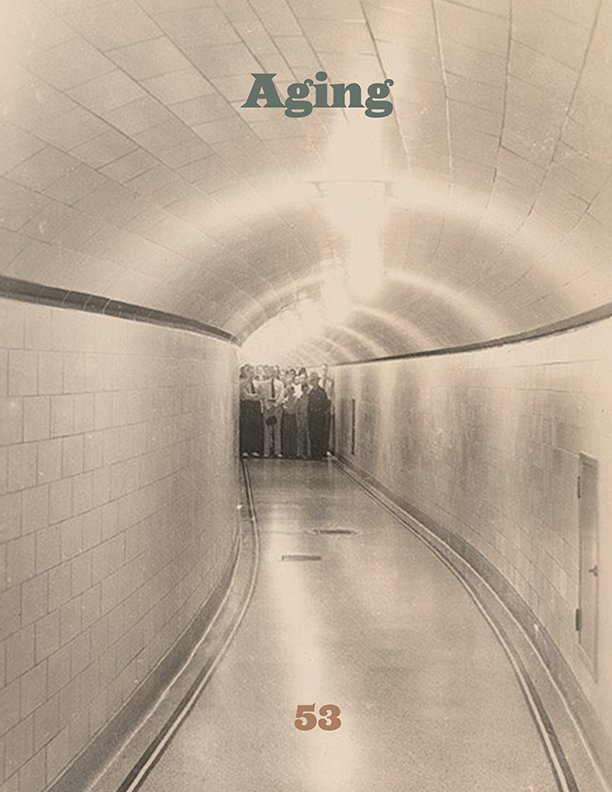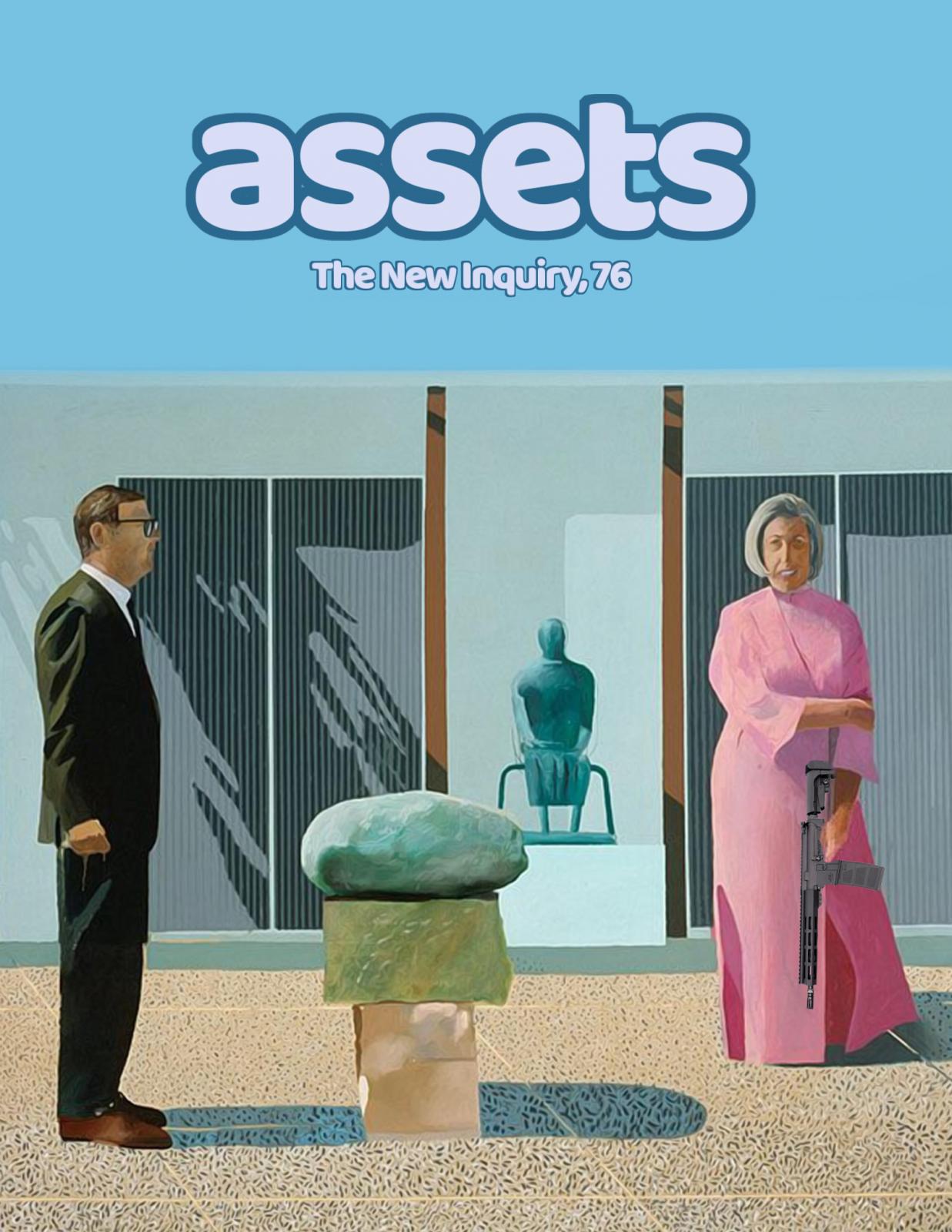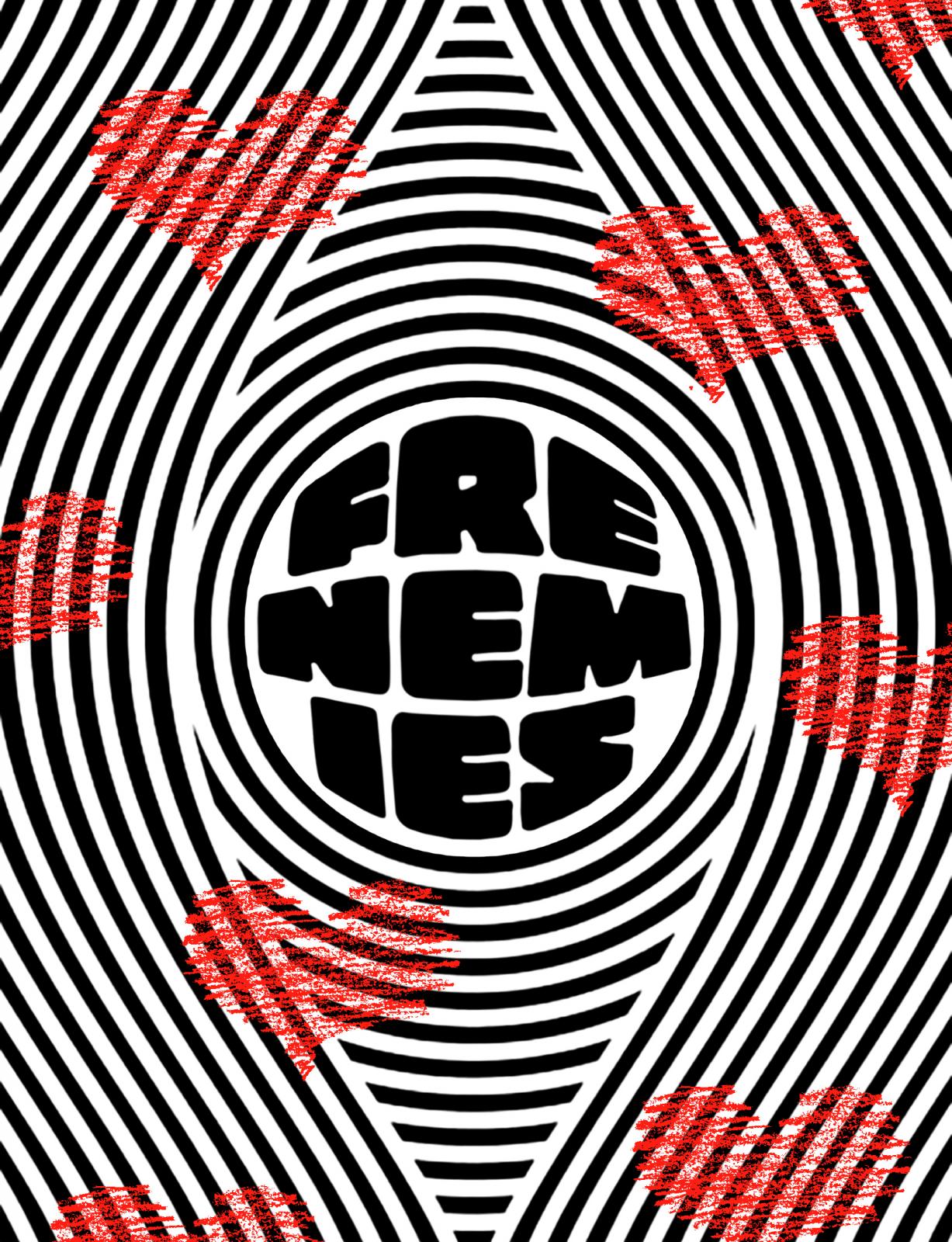Aging
Editors' Note
Despite being something of a leveller, it’s unclear what we think of old age. Aging is one of those manifestly biosocial “constructions”—just a number, we joke, because it obviously isn’t. When you think about it in terms of a slur against vulnerability, the workings of ageism attain a greater clarity. Like racism and (cishetero)sexism, ageism is a way of ordering people differentially within society based on how much that society menaces them with death, imposing a relation to time, and therefore value, specific to their body type. Age, too, mandates how, where, and when it is proper to appear—the social impossibility of its desired segregation notwithstanding.
In the tired regions of the capitalist core (that is, those regions which have long since sundered the multigenerational household as the central economic unit), old age isn’t held in the public esteem it vaguely remembers it should be due. That’s not to say it doesn’t index a real social power— compound interest carries weight. But old age invokes infirmity and reaction, not wisdom and repose. Many of the indignities of old age are, on inspection, the indignities of being socially discarded—feelings of isolation, a fall in status, loss of autonomy. That is, these are not organic facts of the body but outcomes desired, at some level, by someone.
Why that is, and who benefits, are both painfully obvious and logically obscure.
The essays collected in this issue look at old age through the callous eyes of relative youth, but should nevertheless stand the test of time. Meditations on carework, careers, maturity, radioactive half-lives, and beauty come together to see old age as an integral part of the total functioning of society, not simply a waystation on the way out of it.
Autumn Whitfield-Madrano’s contribution reflects on the way the imperative of beauty can be commodified by pharmaceutical companies as an expression of hope, and how that’s in fact something to champion. In Tiana Reid’s “Time is a Killer,” Gena Rowlands and Pam Grier’s performances reveal the fragility and power in a woman performer who is “at the brink of becoming old.” And in Willie Osterweil’s “Not for You,” the movie theaters where these women performers could stage their struggles with aging are disappearing, too, as income concentration means multiplexes shutter and movies are increasingly aimed at a smaller, richer market.
Old age often denotes more about a person’s relation to their work history than it does about physical states.
Naeem Mohaiemen and Rob Horning both write about turning points in icons’ careers—Muhammad Ali and Fleetwood Mac’s Bob Welch, respectively. For both, the imperceptible-at-the-time pivot toward decline is revisited to excavate the feeling of the late 70s, a world-historical moment when revolutionary energies began to be turned back by the forces of reaction. In Malcolm Harris’s review of Don DeLillo’s latest novel—the postmodernist whose efforts to chronicle that reaction predicted the 2001 World Trade Center attacks—the clairvoyant is seen to be signaling his retirement. And Caroline Durlacher analyzes how the career-mindedness of some millennials replicates the techniques of self-understanding invented by Alcoholics Anonymous.
While we treat old age and its attendant decay as a constant, there are inhuman materials that surround us which refuse to go along at our familiar rate. Keguro Macharia’s moving account of his mother’s cancer and his work to care for her offers the contradiction of cancer’s fatal immortality and the social fallout that brings. Cancer generates worlds, he writes, and produces excesses, “tainted bonuses” that gather people in their remit. Another kind of fatal immortality is to be found in the superhuman half-life of nuclear reactors, which Emma Claire Foley investigates in her “Hanford Idyll.” And Molly Knefel considers the longevity of internet records, which will follow her middle school students like a perhaps-regrettable but cherished tattoo.
Imp Kerr thinks through eternal youth with a short piece on the story of Ulysses and Calypso, “technically the second main character of the book given the arithmetic fact that on a 9-year trip, ulysses spends 7 years in captivity on calypso’s island.” Ulysses choses public embrace and death over concealed (kalupso in Greek is “I will conceal”) youth and Calypso’s love. The choice seems to have paid off—his name has indeed been delivered to our present.
Old age is an equalizer that exposes real inequalities, a fate suffered by those lucky enough to attain it. It is a living record of how time grips our bodies, and therefore a reminder of the promise of life outside of time. The joy and serenity of having laid down the hammer after a lifetime of work seems to be itself a retired concept, if it was ever really operative for more than an exclusive few. The new old age now seems to be left to the ravages of the market and its lust for novelty. At this historical inflection point, we offer these essays as a record of the changing nature of old age, for posterity.
Featuring
-
The New Inquiry Vol. 53: Aging
-
Death by Immortality
-
Not for You
-
Muhammad Ali, We Still Love You: Unsteady Dreams of a “Muslim International”
-
Permanent Records
-
Only Women Are Named Hope
-
Addicted to Failure
-
Hanford Idyll
-
Time Is a Killer
-
Don DeLillo Did 9/11





